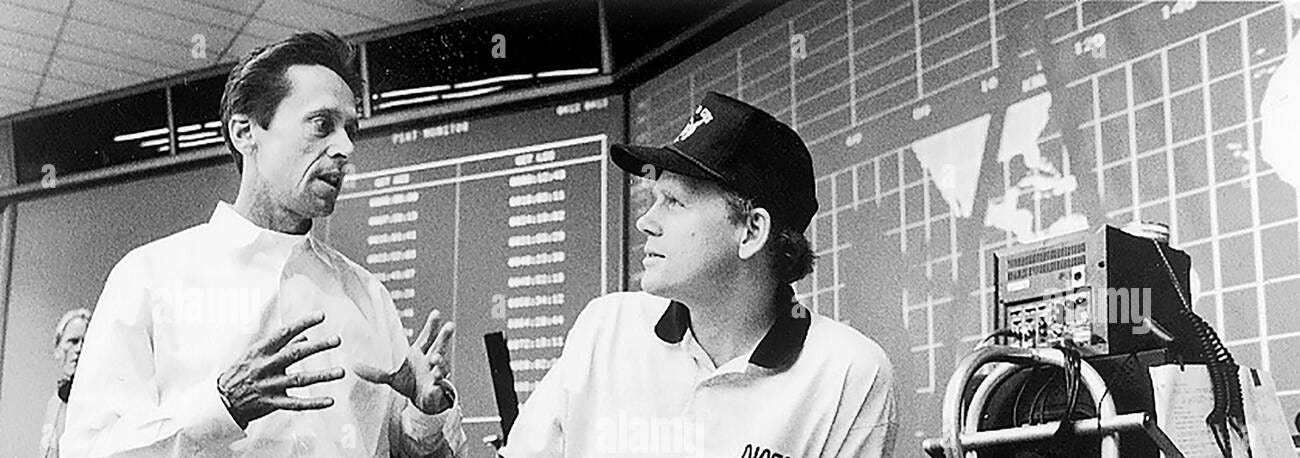I’d like to share a story about some filmmakers that are taking distribution and audience-building into their own hands. Live Wild Films’ latest documentary is called Rescued Hearts. It has generated $260,000 in revenue and they are still in the middle of post-production.
This isn't a fluke or a lucky break. It's the result of deliberate strategy by an extraordinary director-producer team. While director Krisanna Sexton has been shaping a powerful narrative about the transformative impact of the horse-human connection, producer Dana Croschere has been strategically building relationships with organizations and individuals who share a passion for horses and their ability to foster human connection. Together, they have hosted events showcasing works-in-progress footage, created targeted content for their website, and gathered contact information from thousands of supporters. They've reached out to organizations and practitioners in the field, turning potential viewers into active supporters long before the film is complete. They’re selling merch!
(Full Disclosure: I represent Live Wild Films)
Last week, I talked about how filmmakers need to build direct relationships with their audiences if they want to survive in today's transformed media landscape. The response was overwhelming, with many filmmakers expressing both excitement about the possibilities and anxiety about adding "audience building" to their already overwhelming list of responsibilities.
Here's the thing: they shouldn't have to.
It's time for producers to step up and reimagine their role for this new era. Just as producers have always been responsible for finding financing and managing distribution, they need to view audience development as a core part of their job description. This isn't just adding more work - it's transforming how they approach their existing responsibilities.
is leading the charge here, but we need to keep pushing the profession forward. What if, instead of spending countless hours trying to get meetings with distributors who might never respond, producers invested that time in building direct relationships with potential audiences? What if, rather than hoping a streamer will magically solve their distribution problems, they worked to create sustainable revenue streams from day one?This isn't just theoretical. We're already seeing innovative producers embrace this approach, particularly in the documentary space. They're:
Building relationships with subject matter experts and organizations during development
Creating content strategies that engage potential audiences throughout production
Designing hybrid distribution plans that combine theatrical, community screenings, and direct digital release
Developing merchandise and educational materials that provide additional revenue streams
Using tools like Substack to maintain ongoing connections with their audience
The key is that they're doing this from the beginning, not waiting until the film is complete to think about who might want to watch it. This shift requires producers to develop new skills - or build teams that have them. Modern producers need to understand:
Community building and engagement
Content strategy and social media
Direct-to-consumer marketing and sales
Event planning and management
Digital distribution platforms and tools
More importantly, it requires a fundamental shift in how producers view their role. The old model was about being a gatekeeper, or as a conduit to the gatekeepers - the person who knew how to navigate the byzantine world of traditional film financing and distribution. The new model is about being a bridge builder - creating direct connections between filmmakers and their audiences.
This transformation also changes the dynamics of filmmaker-producer partnerships. Instead of the traditional model where directors focus solely on creative while producers handle business, we need deeper collaboration. Directors need to be involved in audience development because they're often the best storytellers about their own projects. But they need producers who can create the infrastructure and systems to make that engagement sustainable and profitable.
For financiers, this new approach actually reduces risk. Instead of betting entirely on future distribution deals, they can see concrete evidence of audience interest and engagement. They can evaluate real data about community size and engagement levels. And they can understand exactly how their investment will reach its intended audience.
The old distribution model is broken - we all know that. But the solution isn't to forfeit the agency of the producer. It's to transform the role entirely. Filmmakers shouldn't have to figure out audience building alone. They need producer partners who understand both the creative and community aspects of modern filmmaking.
The success of teams like Live Wild Films shows what's possible when producers embrace this new role. They're not just making films - they're building sustainable businesses around storytelling. And in doing so, they're creating a new model for independent film that doesn't rely on the whims of traditional gatekeepers.
The question for producers is simple: Are you ready to saddle up for this new era? Your filmmaker partners need you now more than ever.







A-freaking-men!
This is great. Now tell me how, as a filmmaker, I find a producing partner who is interested in exploring this?